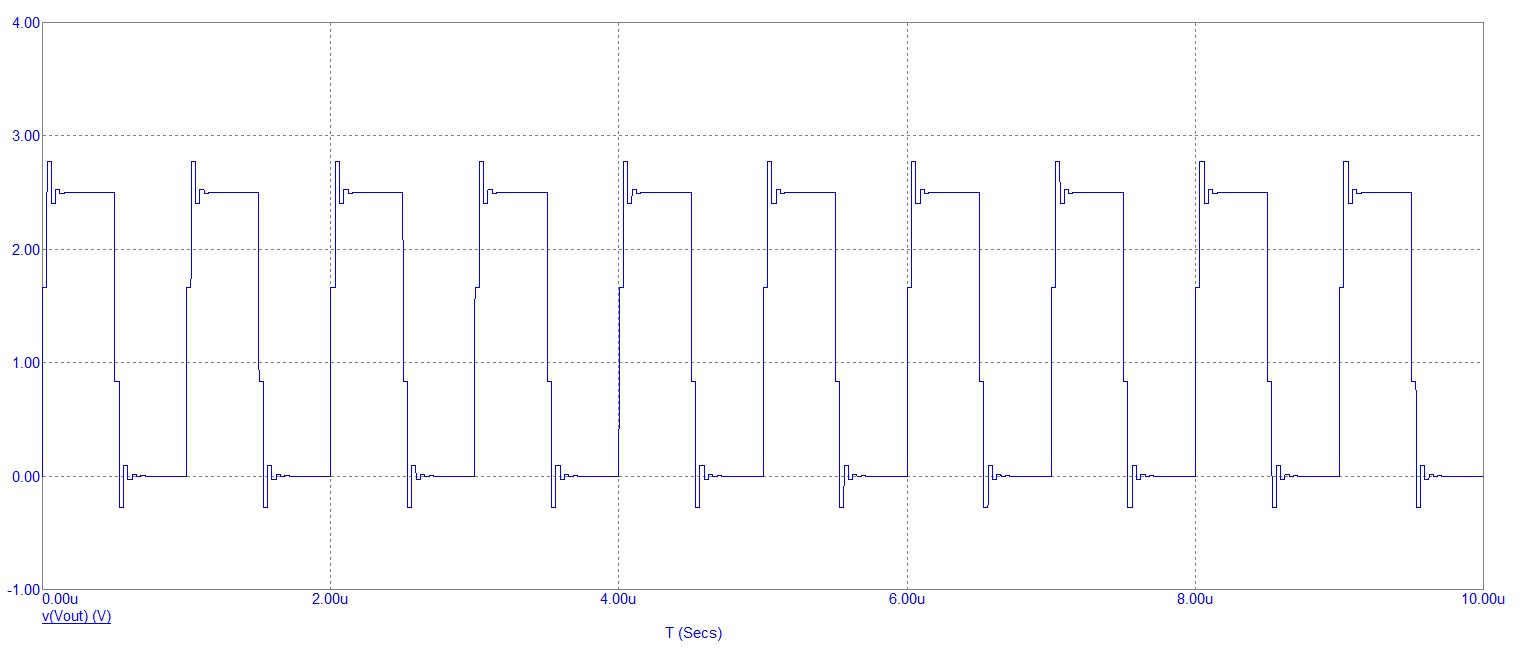I have a RS422 non-multidrop connection between two connectors on a PCB (CLK+/- and DATA+/-) clocked at 1MHz, and currently routed with adapted edge-coupled microstrips (120Ohm differential impedance).
I would like to add measurement stubs, for example with oscilloscope probe tip connectors - but without degrading the quality of the bridge I am measuring.
The existing connection is about 10cm long, but the measurement stub will have to be 20 to 30cm long to reach a maintenance panel.
- Because of the way the PCB is designed, I cannot just add testpoints ON the existing RS422 connection.
- I thought about designing microstrips with differential impedance much greater than the signal I want to measure and leave the testpoint not terminated, but it's impossible for me to go above 350 Ohm.
- I also thought about making a 120Ohm stub terminated with a 240Ohm resistor (since the equipment is not multi-drop, I suspect it won't handle 2 stubs with 120Ohm termination each - more likely to handle 50% more load), which currently is my baseline but I'm worried about the reflections from the 120->240Ohm transition and potentially from equivalent 60 OHm to 120 Ohm (see below).
What is the best way to handle this in your opinion?
Don't two 120Ohm stubs look like a 60 Ohm path at the fork, from the perspective of a signal upstream of the fork - therefore causing reflections?





